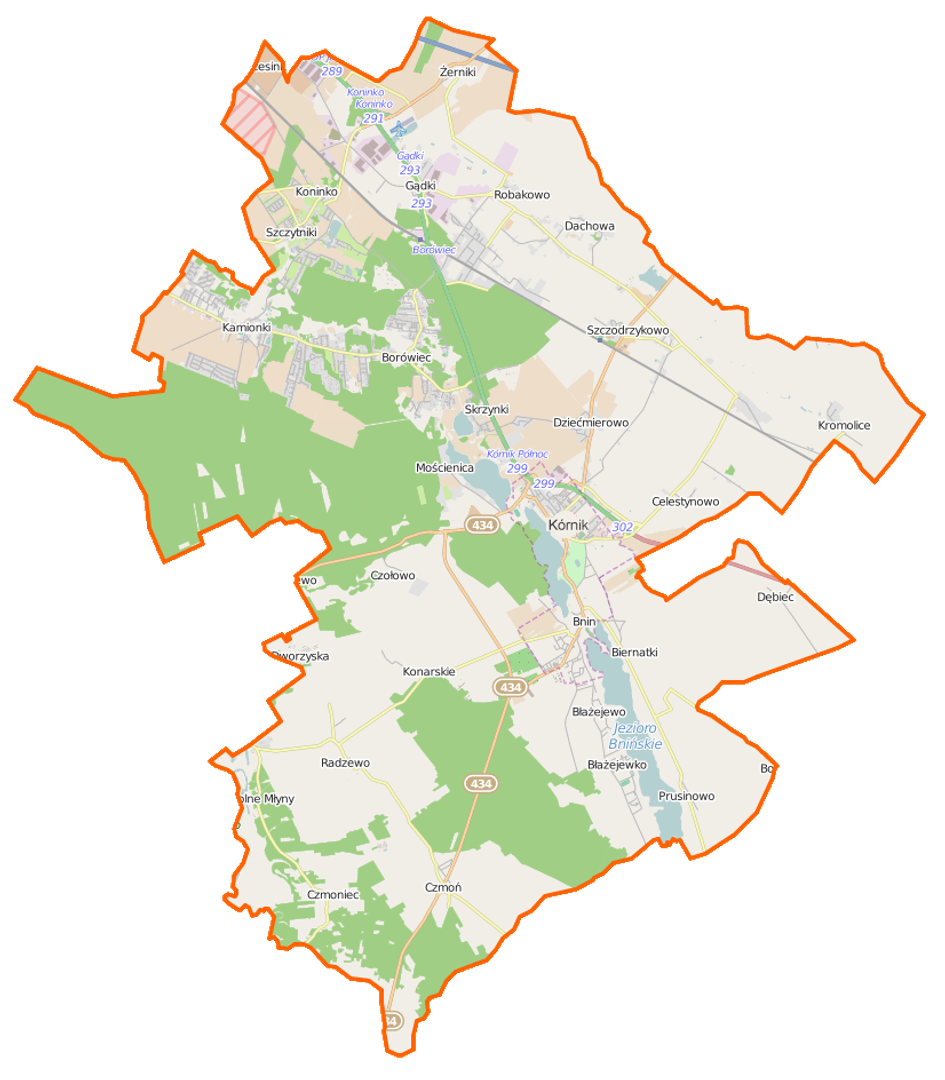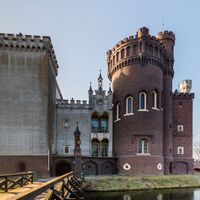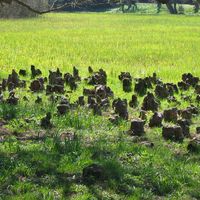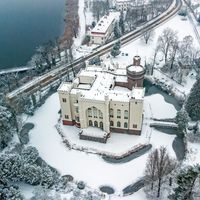Kórnik
6.9

Overview
Kórnik is an urban-rural municipality located in the Greater Poland Voivodeship, within the Poznań County. With its seat in the town of Kórnik, the municipality boasts a rich historical heritage dating back to the Middle Ages. It is home to one of the region's most important landmarks – Kórnik Castle, built in the 12th century, which captivates visitors with its architecture and surrounding park. The castle, which houses a museum, is not only a historical site but also a cultural center, hosting exhibitions and artistic events. Kórnik is also an area of significant natural importance, with numerous green spaces that promote recreation and tourism. Covering an area of 186.58 km², the municipality is predominantly agricultural land, accounting for 62% of its area, and forested areas, which make up 26%. It is a region of rich biodiversity, attracting nature lovers and tourists alike.
The Municipality of Kórnik includes many villages, such as Borówiec, Czmoń, Kamionki, and Szczodrzykowo, each with its own unique charm. The history of the municipality is closely tied to the development of the Greater Poland region, and its residents place great emphasis on preserving local traditions. In 2009, the municipality was home to over 20,000 people, reflecting its attractiveness as a place to live. Kórnik continues to develop, investing in infrastructure and supporting local cultural and social initiatives. The municipality also features the private Żerniki airstrip, which may be of interest to aviation enthusiasts. Kórnik borders municipalities such as Kleszczewo, Mosina, Poznań, Śrem, Środa Wielkopolska, and Zaniemyśl, making it an important hub in the local community. Combined with its unique location, historical landmarks, and rich culture, Kórnik is an excellent example of the harmonious coexistence of tradition and modernity.
Location
You can also find here:
2025 Wizytor | All Rights Reserved



